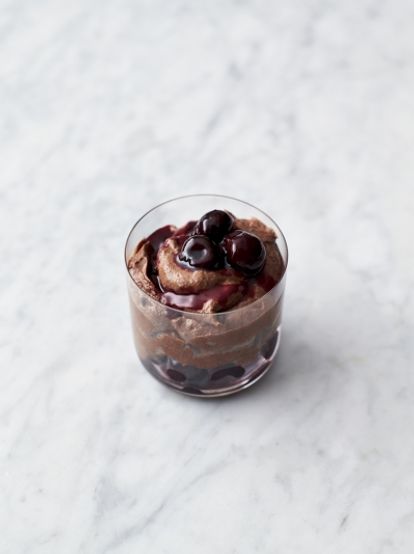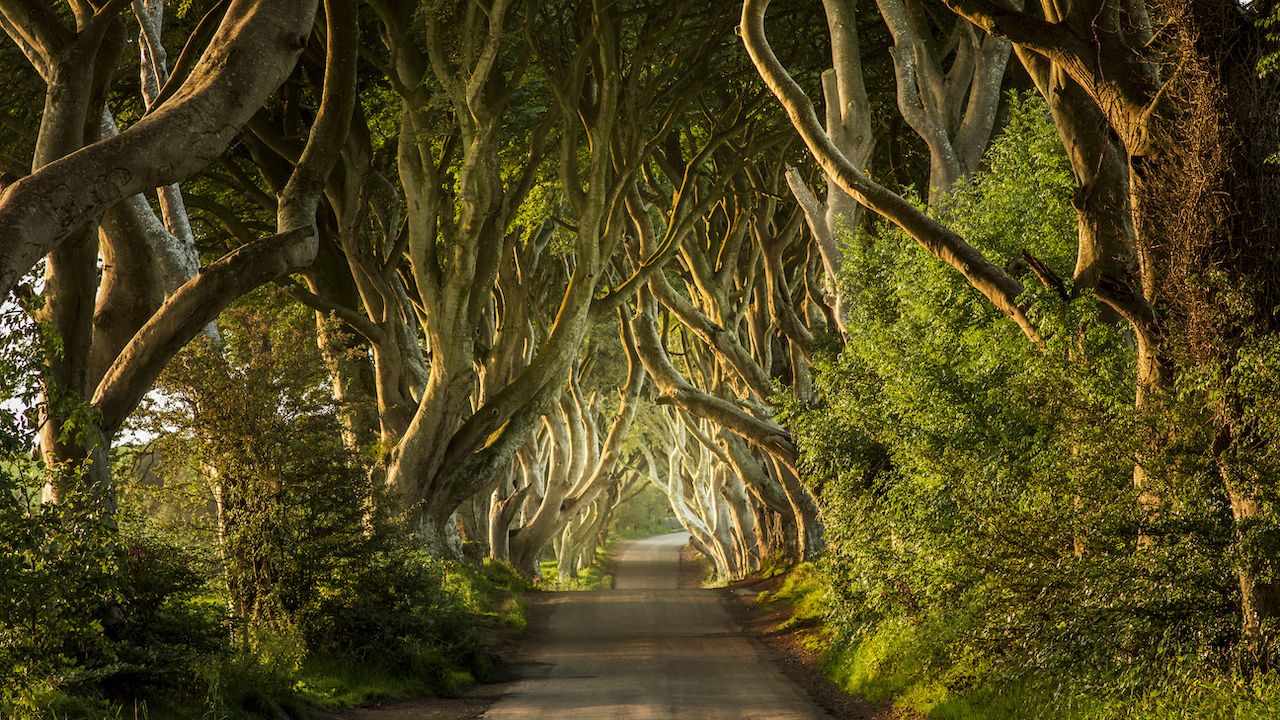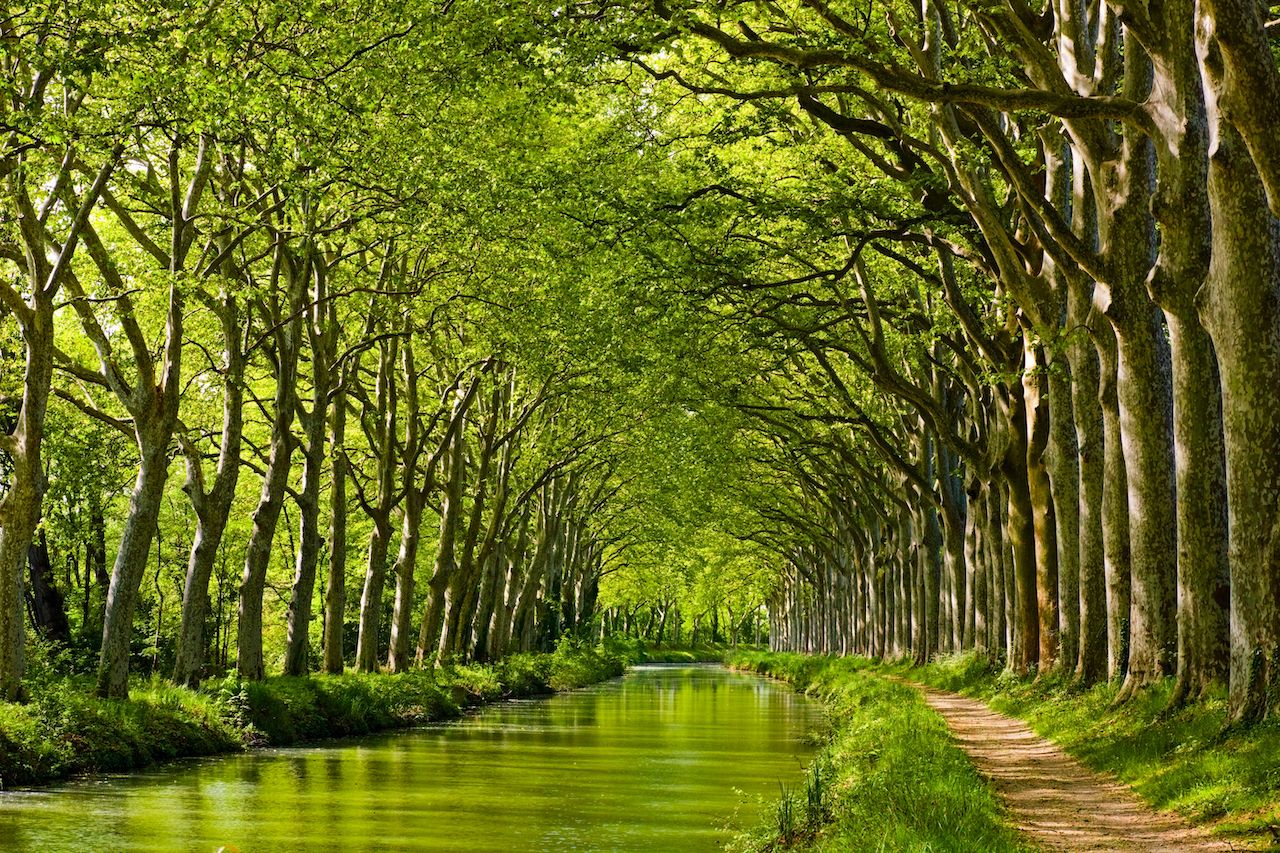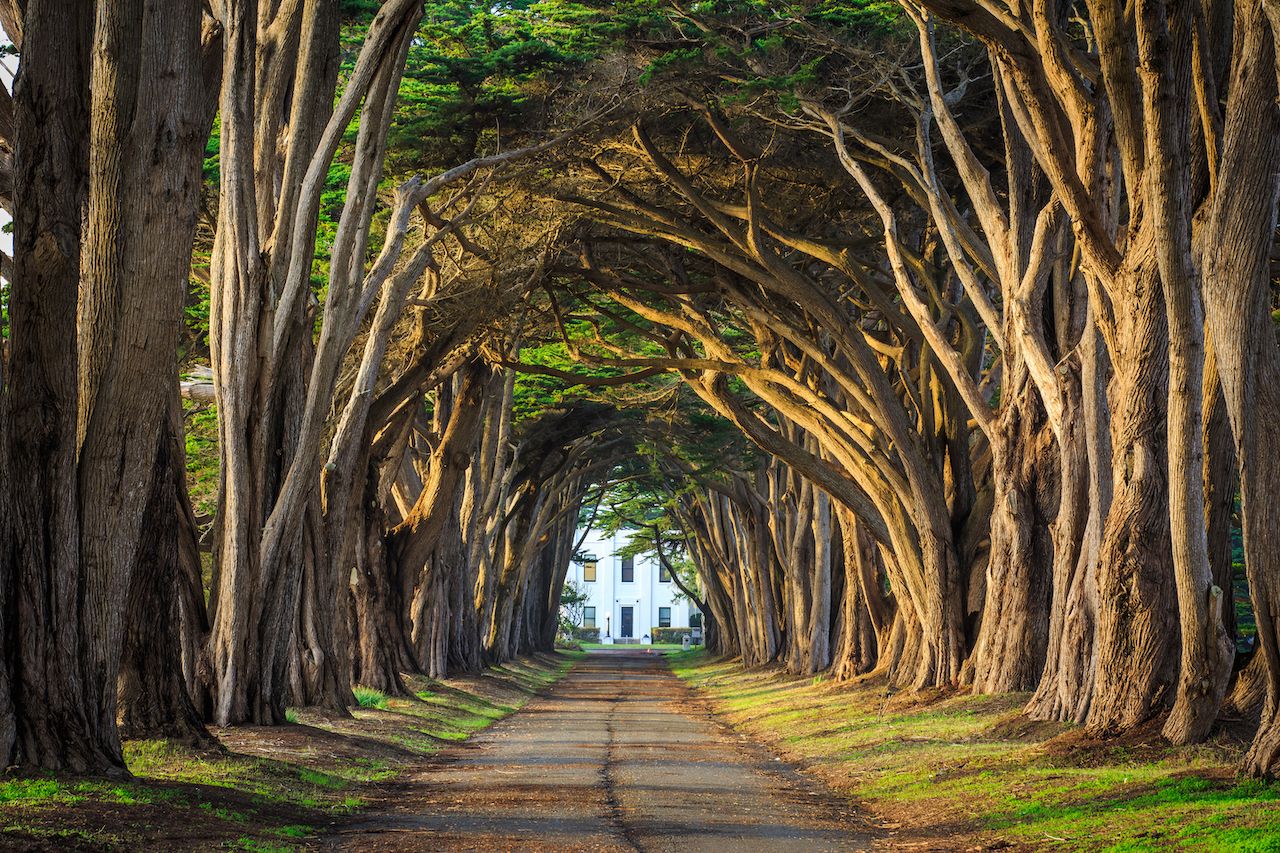Every year that is exactly divisible by four is a leap year, except for years that are exactly divisible by 100, but these centurial years are only leap years if they are exactly divisible by 400. For example, the years 1700, 1800, and 1900 are not leap years, but the year 2000 is.
Leap years are needed to align our modern day Gregorian calendar with the solar year, which is the approximately 365¼ days that it takes the Earth to complete its orbit around the sun.
The Gregorian calendar was introduced in 1582 by Pope Gregory XIII in order to bring the date of Easter in line with the spring equinox. Previously the Julian calendar, introduced in 45BC and named after Julius Caesar, had been used, but this had fallen behind because a miscalculation in the length of a year resulting in approximately an extra three days being gained every four centuries.
However, because of the conflict between the emerging Protestant religion and Roman Catholicism, not all European countries adopted the new calendar immediately. Scotland did so in 1600 but it was not until 1752 that it was accepted in Wales and England.
The old Julian calendar is still remembered in some areas, such as the Gwaun Valley in Pembrokeshire, where on the 13th January Hen Galan, or old New Year is still celebrated.
Welsh Courting and Marriage Customs;
There is a tradition of women proposing marriage on February 29th, which may go back to the time when the leap year day was not recognised by law and had no legal status. It was, therefore, acceptable to break with the usual tradition of men proposing.
* Rhamanta, was a way of trying to foretell the future. In Glamorgan for example, a young couple would place two grains of wheat on a shovel, which was placed over a fire. If, when the shovel was hot enough and the grains jumped off together, it signified that the couple would marry, however if they jumped off separately, it was likely that the couple would separate.
* In Pembrokeshire, a girl was said to dream about a future lover if a shoulder of mutton, pierced by nine holes was placed under her pillow, her shoes arranged in a T pattern and a rhyme spoken above her.
* The custom of jumping the broomstick originated with newly married Romany couples as a fertility rite.
* The throwing of confetti at married couples as they left the church developed from the ritual of throwing grain to ensure a fruitful union.
* Traditionally a Welsh bride carried a bouquet containing myrtle leaves, which she gave a cutting of to her bridesmaids. If it blossomed, then the girl would also soon marry.
* Welsh brides believed that it was lucky to be woken by birdsong on the morning of their wedding.
*Welsh brides also believed that if their wedding dress was torn on the wedding day that it denoted a happy marriage.
























 Here’s what Vivian and Boyer really look like, side by side:
Here’s what Vivian and Boyer really look like, side by side:

 Mitch Boyer:
Mitch Boyer: